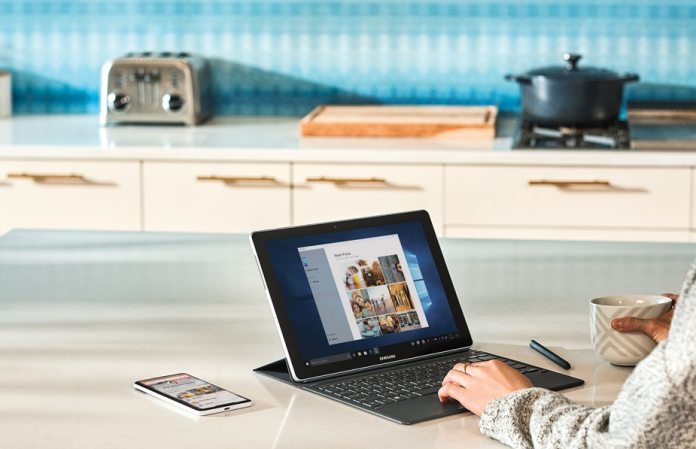1 Keep Insider Program Consistent2 Pay More Attention to User Feedback3 Freedom of Installation4 Solved Problems?
At the heart of the change seems to be Microsoft learning some lessons about Windows 10 October 2018 Update (version 1809). The company has implemented changes that it believes will make the Windows Update experience better. Microsoft launched version 1809 on October 4 and it quickly turned into a disaster. This release became one of the worst software rollouts in recent memory. Version 1809 was quickly put on ice as the manual update was deleting personal user files. Before being paused, the update was reaching millions of users and causing myriad problems. The October 2018 Update eventually re-emerged in November, but Microsoft took a cautious approach to its rollout. In a Windows Blog post, the company says it has learned from that release and has implemented some core changes.
Keep Insider Program Consistent
You may remember Microsoft seemed to rush out the October 2018 Update. That included skipping the Release Preview of the update through the Insider Program. Microsoft passed the preview to launch without having the final testing step the Release Preview provides. In an excellent show of irony, the company claimed the October 2018 Update was stable enough. It was a lesson Microsoft learned the hard way as the release failed. With the Windows 10 May 2019 Update, the company is allowing the RTM build to spend over a month in the Release Preview Ring. This will allow bugs to be found and squashed ahead of release. The upside here is we may be able to say goodbye to buggy Windows 10 major updates.
Pay More Attention to User Feedback
Microsoft admits the bug that caused it to pull the October 2018 Update had been reported by users on the Inside before launch. The company says it missed the feedback, or maybe ignored it. Either way, the whole point of the Insider Program is to give users preview features in exchange for feedback. Understanding its mistake, Microsoft is using the May 2019 Update to ensure it puts more importance on feedback. “The final May 2019 Update build will spend increased time in the Release Preview Ring of the Windows Insider Program, allowing us to gather more feedback and insights on compatibility and performance at scale before making the update more broadly available.”
Freedom of Installation
One of the biggest problems of the Windows 10 update experience has been giving users limited control over when an update arrives. This situation is even worse for Windows Home users who lack the deferral options given to enterprise users. Through the Windows 10 May 2019 Update, Microsoft is adding new features that allow more control over an update. For example, download and install gives users controls to decide when a feature update is downloaded.
Microsoft admits this won’t stop notifications from prompting you to update, but at least the download won’t start automatically. However, automatic updates will initiate if the particular Windows build is nearing the end of support. Still, this means if you want to stay on the May 2019 Update for the next two years, you can.
Other new update options include
“Extended ability to pause updates for both feature and monthly updates. This extension ability is for all editions of Windows 10, including Home. Based on user feedback we know that any update can come at an inconvenient time, such as when a PC is needed for a big presentation. So, we’re making it possible for all users to pause both feature and monthly updates for up to 35 days (seven days at a time, up to five times). Once the 35-day pause period is reached, users will need to update their device before pausing again. Intelligent active hours to avoid disruptive update restarts. The active hours feature, introduced in the Windows 10 Anniversary Update, relies on a manually configured time range to avoid automatically installing updates and rebooting. Many users leave the active hours setting at its 8 a.m. – 5 p.m. default. To further enhance active hours, users will now have the option to let Windows Update intelligently adjust active hours based on their device-specific usage patterns. Improved update orchestration to improve system responsiveness. This feature will improve system performance by intelligently coordinating Windows updates and Microsoft Store updates, so they occur when users are away from their devices to minimize disruptions.”
Solved Problems?
The big question with all these changes is whether they will stop Windows 10 updates arriving with bugs and issues. Last month, I wrote a report about why users should defer Windows 10 updates until they are stable. Even with the changes Microsoft has made, it would still be best to hold off on an update for a while. Not least until we see if Microsoft’s changes actually work. It’s good news that the company is taking steps to make the Windows Update process more efficient. Only time will tell if these changes will have a lasting effect.





